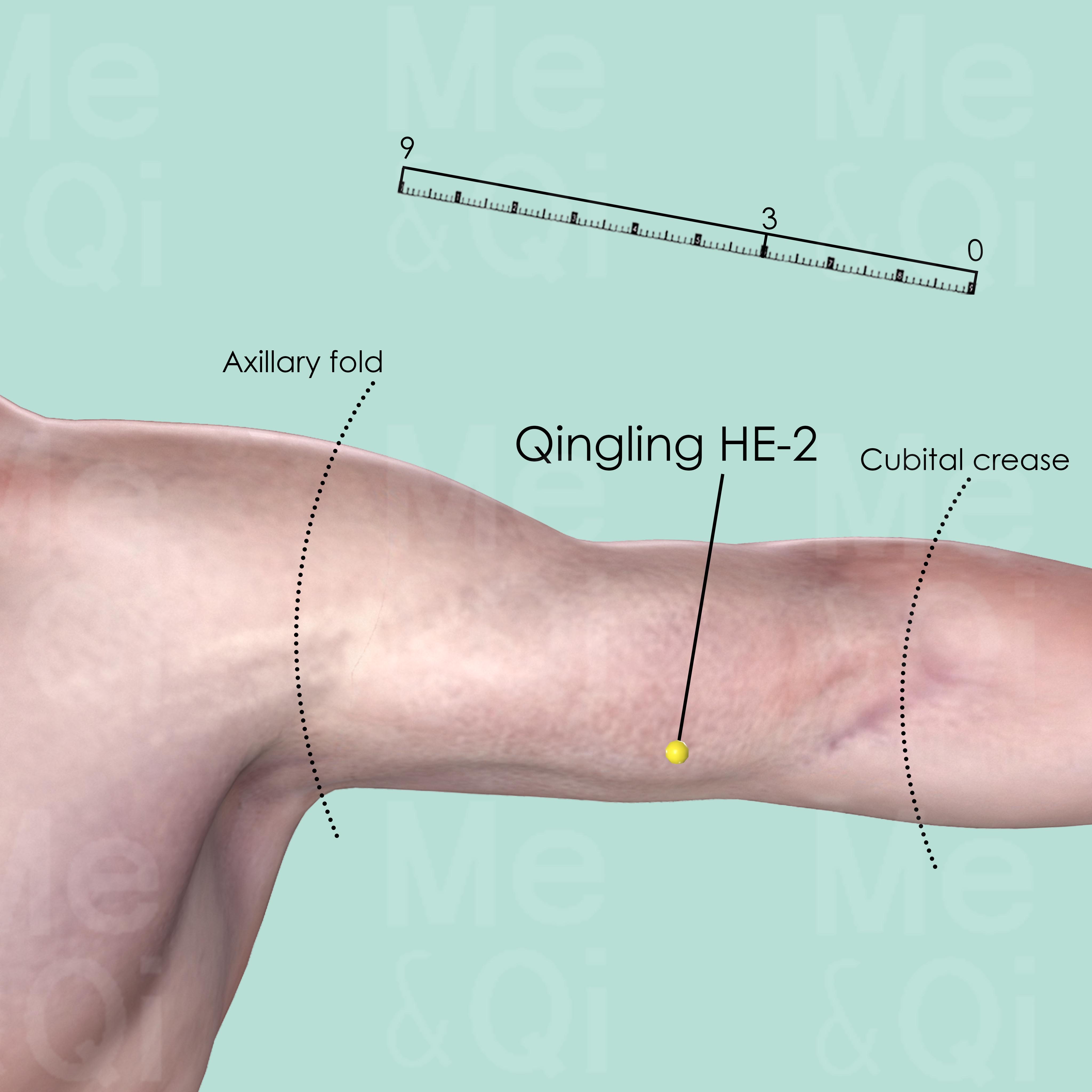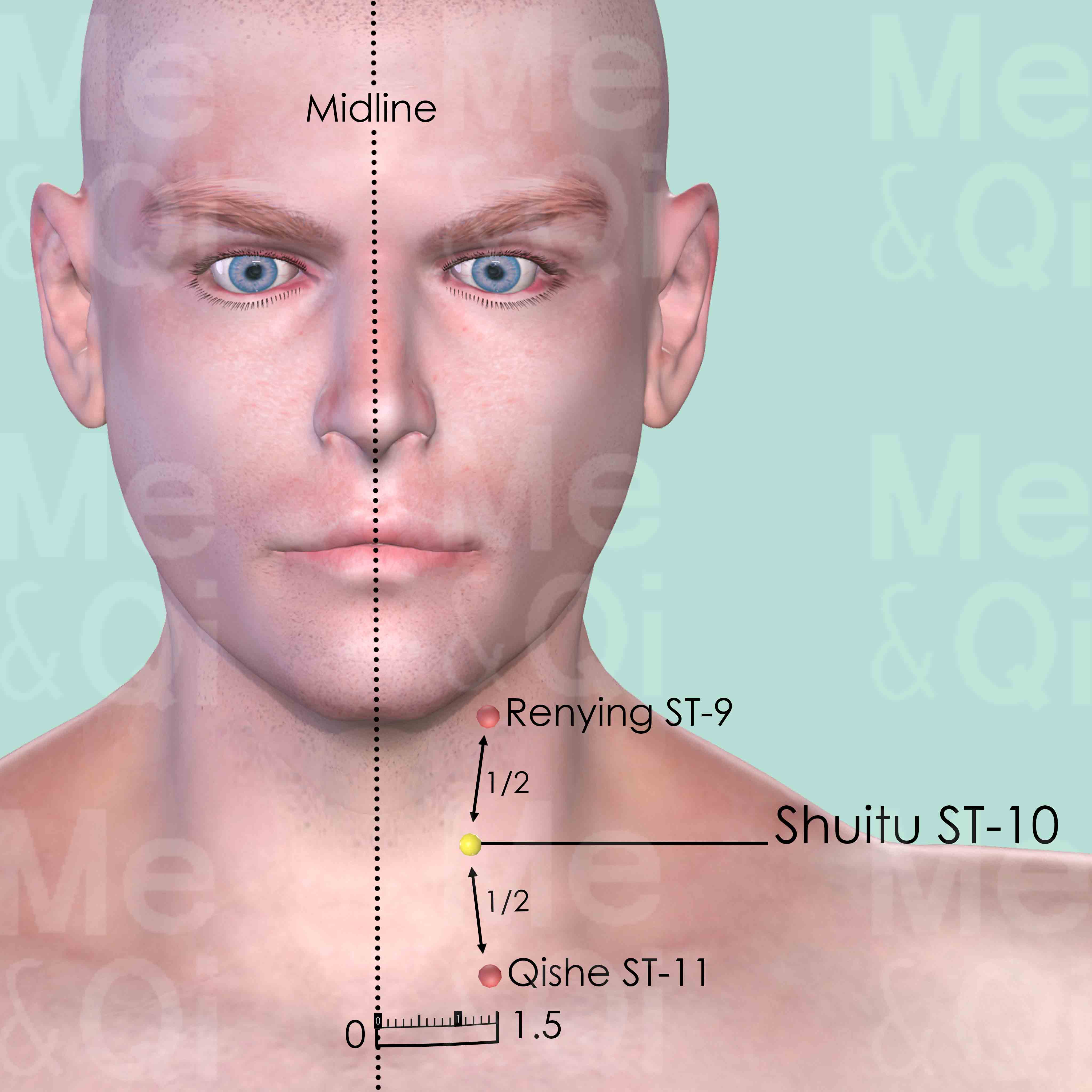Shoulder Swellingaccording to TCM
Symptom families: Joint Symptoms, Shoulder Issues
What is Shoulder Swelling?
Shoulder swelling is the enlargement or puffing out of the shoulder area, typically a response to injury or inflammation. It can be a sign of various underlying issues, ranging from an acute injury like a sprain to more chronic conditions such as bursitis or arthritis. The swelling may be accompanied by pain, warmth, redness, or stiffness, restricting movement and affecting daily tasks. A medical evaluation is key to determine the cause of the swelling and to devise an appropriate treatment plan.
How does TCM view Shoulder Swelling?
From the viewpoint of Traditional Chinese Medicine (TCM), shoulder swelling is an external manifestation of an internal imbalance. TCM theory holds that such swelling might arise from Qi Stagnation, where the vital energy of the body is impeded, or from an accumulation of Dampness or Heat within the channels that traverse the shoulder.
These patterns of disharmony must be identified through careful diagnosis as they inform the specific TCM treatment strategy, whether it be herbal remedies, acupuncture, or moxibustion.
Acupoints for Shoulder Swelling
TCM suggests that acupoint therapy can be particularly effective for managing shoulder swelling. The Heart Channel point, Qingling HE-2, is situated 3 cun above the medial end of the transverse cubital crease and is known for its capacity to open the channel, promoting the flow of Qi and reducing swelling.
Additionally, the Stomach Channel offers Shuitu ST-10, positioned on the anterior border of the sternocleidomastoid muscle, which is believed to benefit the throat and neck and aid in descending Lung Qi. These acupoints are chosen with the aim of addressing the specific TCM patterns identified as the root causes of the swelling, working to restore balance and alleviate symptoms.
Explore below some acupoints used to address shoulder swelling, organized by meridian.
- By Meridian
- Heart Channel
- Stomach Channel

Qingling HE-2
3 cun above the medial end of the transverse cubital crease, in the depression medial to the biceps brachii muscle.

Shuitu ST-10
On the anterior border of sternocleidomastoid muscle, in the middle between Renying ST-9 and Qishe ST-11.
